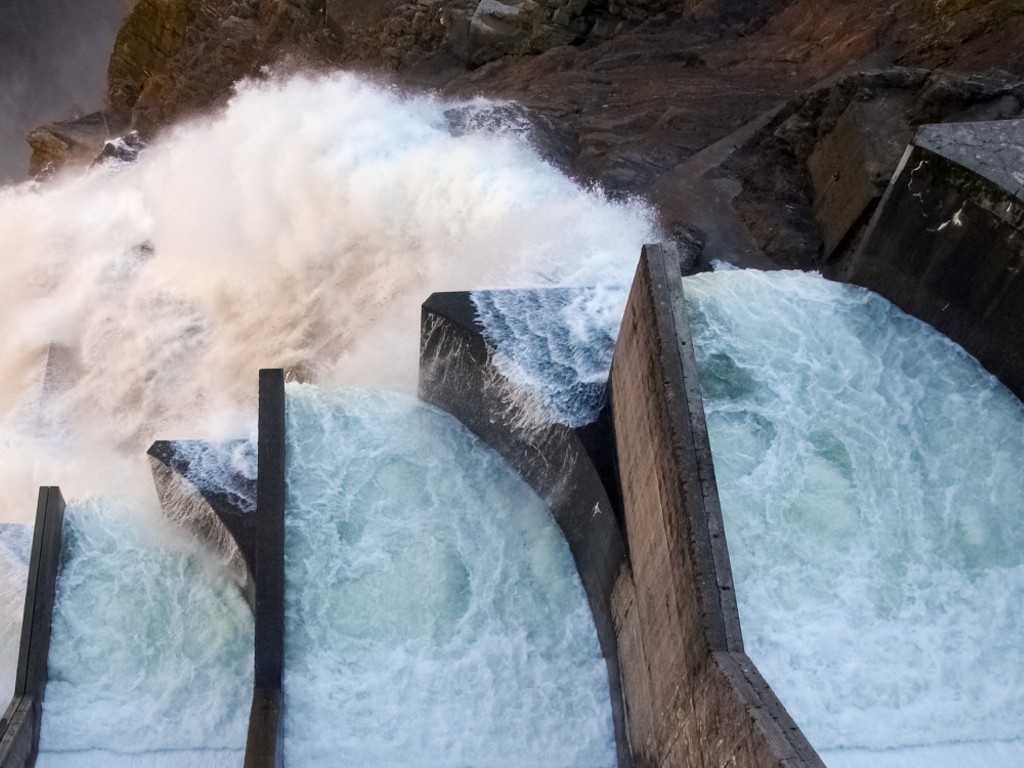As the world continues its efforts to shift towards a more sustainable future, the importance of biodiversity and the reality of our connection to all of Earth’s species comes into ever-sharper focus. At ERM, we’ve learned firsthand that the projects adopting an ecologically proactive approach to site-selection benefit from a more streamlined consenting and permitting process. They also are less likely to face public opposition as they comply with local regulation and consider resident human communities from the outset. Based on that experience, we approach all projects with an active consideration of biodiversity from the start, as outlined in the most recent of our Renewables Conundrums reports.
Marine Development and Its Expanding Role
Especially in creating renewable energy infrastructure marine development will play a key and expanding role. Marine renewables projects (such as offshore wind arrays) continue to increase rapidly in number and scale across the world, and it is essential that existing best practices are continually re-evaluated and updated with emerging technologies that help identify possible adverse environmental impact(s). Only by staying on top of these crucial data can projects avoid creating unintended issues and/or mitigate sensitive site considerations.
Challenges Addressed by Updated Best Practices:
- Identifying adverse environmental impacts
- Mitigating sensitive site considerations
- Adopting emerging technologies
ERM's Heat Mapping Approach
ERM’s Marine Renewables and Infrastructure team (MR&I) constantly fine-tunes its tools to gather accurate information before executing projects involving potential natural habitat disruption. Recently, it developed a heat mapping approach to identify potential risk of marine development projects to key fish habitats in the UK. Specifically, the heat maps use numerous datasets to determine confidence in the location of potential spawning grounds for Atlantic herring Clupea harengus and potential supporting habitats for sandeel Ammodytidae. Both Atlantic herring and sandeel are considered of high ecological value as prey for designated seabirds and marine mammals and therefore require specific consideration and assessment within UK Marine Licence applications.
Features of the 2024 Heat Mapping Methodologies:
- Combines numerous datasets for high confidence levels
- Identifies potential spawning grounds for key fish species
- Assesses habitats for ecologically valuable species such as Atlantic herring (Clupea harengus) and Sandeel (Ammodytidae)
Building on Proven Methodologies
The updated 2024 heat mapping methodologies (linked below) represent an updated approach to the existing methods originally developed by MarineSpace (now MR&I within ERM) in 2013 for the UK marine minerals industry. These methods have since become standard best practice for UK Marine Environmental Impact Assessments. However, the use of these methodologies is not limited to any one marine species, industry, or geographic area – increasingly they have seen application within other marine industries, in various locations.
Says Matthew Kyle-Henney of the MR&I team at ERM, “For the purposes of marine licencing, environmental assessment is often focused on site-specific scale with reference to a local population. As offshore development grows, the updated 2024 supporting habitat methods enable assessment to be conducted at a regional- or population-scale. This provides a significant benefit when conducting Cumulative Impact Assessments of multiple projects and is even being used to assess the potential effects of an entire industry.”
Leading the Way in Sustainable Marine Development
ERM’s evolving heat mapping methodologies underline the importance of integrating biodiversity considerations early in the planning process. By prioritizing ecological integrity, marine development projects (and other types of projects) can align with regulations, avoid public opposition, and contribute to a more sustainable future.
Links to PDFs
Identifying and Mapping Atlantic Herring Potential Spawning Habitat
Identifying and Mapping Sandeel Potential Supporting Habitat





